Japan has captivated people around the world with its diverse culture that spans from ancient times to the present, breathtaking natural beauty, and intricate technology and exceptional design.
Even from our perspective as residents of Japan, there are many fascinating aspects of Japanese culture that we would like foreigners to experience. There are numerous opportunities to experience the beautiful seasonal traditions of Japan, local festivals, and to engage with Japanese customs and practices. In this article, we will introduce 10 cultural experiences in Japan that we, as residents, confidently recommend for foreign travelers to try. Through these experiences, touch the heart of Japan and make your stay in Japan truly memorable.
Relaxation in hot springs
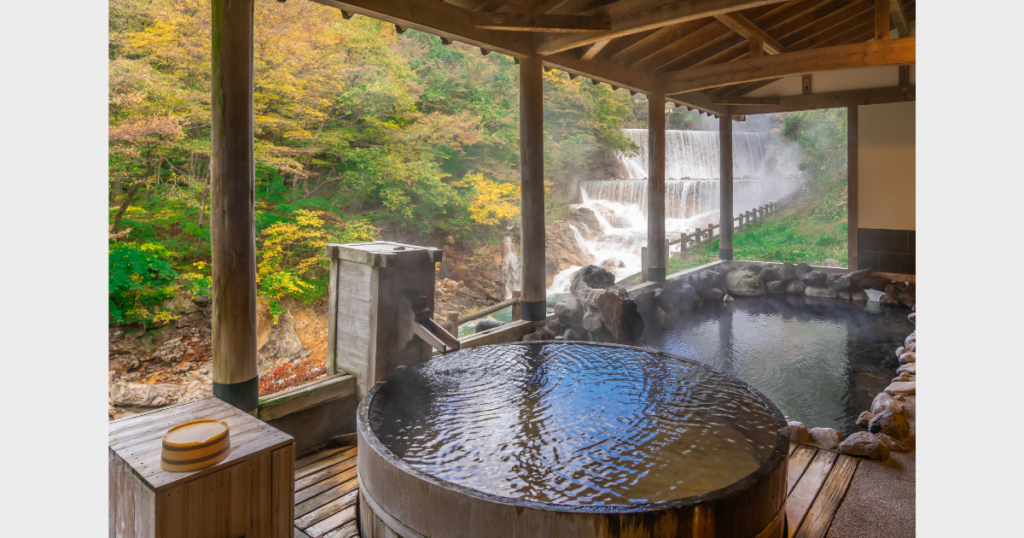
Japanese hot springs have been beloved for over a thousand years by people seeking health, beauty, and mental and physical healing. There are abundant hot spring areas throughout the country, each with its own unique benefits and charms. When visiting hot spring areas, there are manners and etiquette to follow in communal baths and large baths in inns, such as washing your body before entering the bath and being careful not to disturb others. Additionally, there are manners like not soaking towels or washcloths in the bath. While enjoying hot springs, you can experience Japan’s natural and cultural environment.
Savoring delicious Japanese cuisine
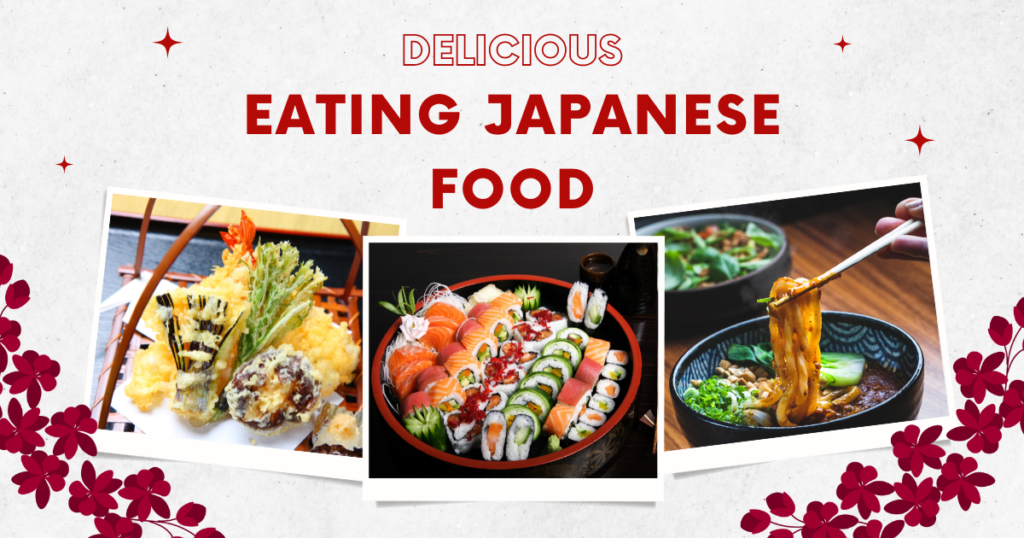
Japanese cuisine offers a variety of dishes such as sushi, tempura, and udon, with a focus on highlighting the natural flavors of the ingredients. When dining, pay attention to chopstick etiquette, avoiding passing chopsticks, standing them upright, or picking up food from the same spot multiple times. When eating sushi, it is common to dip the fish part into soy sauce. Tempura is typically dipped in condiments or sauce, while udon is enjoyed with a broth or dipping sauce. By savoring Japanese cuisine, you can experience Japan’s sense of beauty and food culture.
Tea ceremony experience
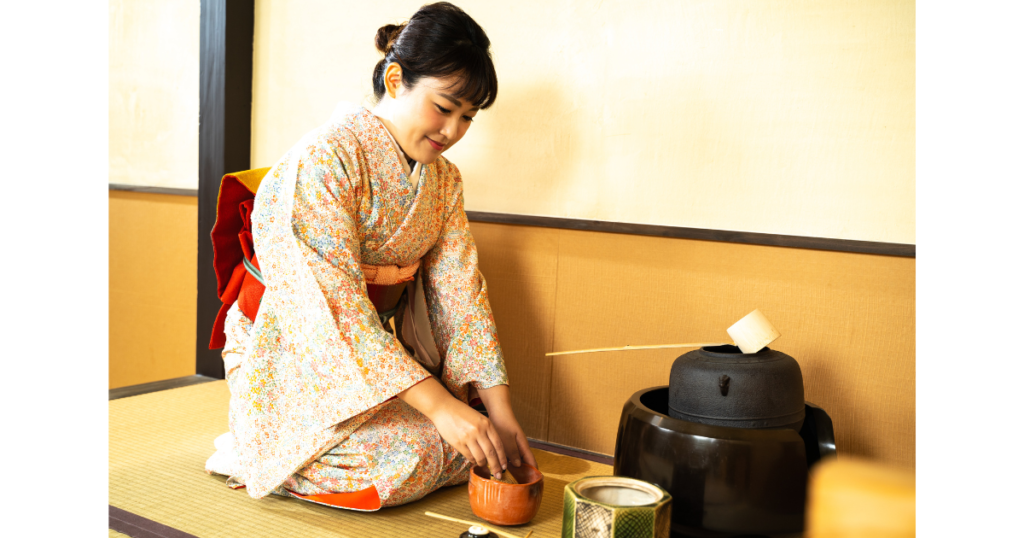
The tea ceremony is a traditional Japanese culture and a ritual of preparing tea. It involves serving green tea (matcha) to guests using beautiful utensils in a peaceful atmosphere. During the ceremony, you can also enjoy the beauty of the tea room, garden, flowers, and paintings. The tea ceremony values the spirit of “harmony, respect, purity, and tranquility,” seeking an aesthetic sense of mutual respect and serenity. By experiencing the tea ceremony, you can gain a deeper understanding of Japanese traditional culture and spirituality.
Trying on a kimono and strolling

The kimono is a traditional Japanese garment with a history dating back to the Heian period. There are various types of kimonos, ranging from formal ones (such as furisode and hakama) to casual ones (like yukata and komon). Kimonos are worn at special events and occasions such as weddings, coming-of-age ceremonies, festivals, and tea ceremonies. In Japan, there are many kimono rental shops where you can choose your size and design for a one-day rental. You can also use the services of professional kimono dressers, making it easy to enjoy wearing a kimono.
Cherry blossom viewing (sakura-ohanami)

Hanami, or cherry blossom viewing, is a quintessential spring event in Japan, celebrated in parks and shrines when the cherry blossoms are in bloom. The main activity is to enjoy picnics with friends and family while appreciating the beautiful cherry blossoms. Famous cherry blossom spots include Ueno Park and Yoyogi Park in Tokyo, Kiyomizu-dera and the Philosopher’s Path in Kyoto, and Osaka Castle Park in Osaka. In the evenings, there are nighttime events where the illuminated cherry blossoms can be enjoyed. Since the cherry blossoms’ peak season is short, it’s important to plan your hanami experience during their full bloom.
Participate in Japanese festivals and fireworks displays
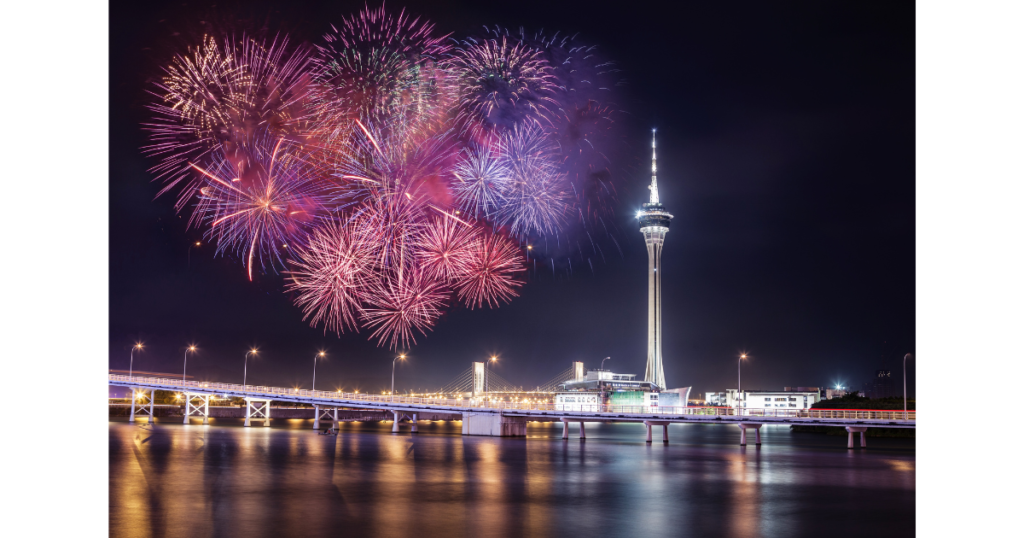
Japanese festivals and fireworks displays are vibrant events celebrating regional culture and traditions, held all over Japan. At festivals, you can enjoy watching unique local mikoshi (portable shrines) and parade floats, while fireworks displays feature breathtakingly beautiful fireworks lighting up the night sky. To participate, research the dates and locations of festivals and fireworks displays in advance and, if possible, arrive early to secure a good spot. At festivals, you can enjoy Japanese street food, savoring delicious dishes such as takoyaki, yakisoba, and shaved ice. Festivals and fireworks displays offer an excellent opportunity to experience Japanese culture and discover the charm of local communities.
Kabuki, Noh, and Bunraku
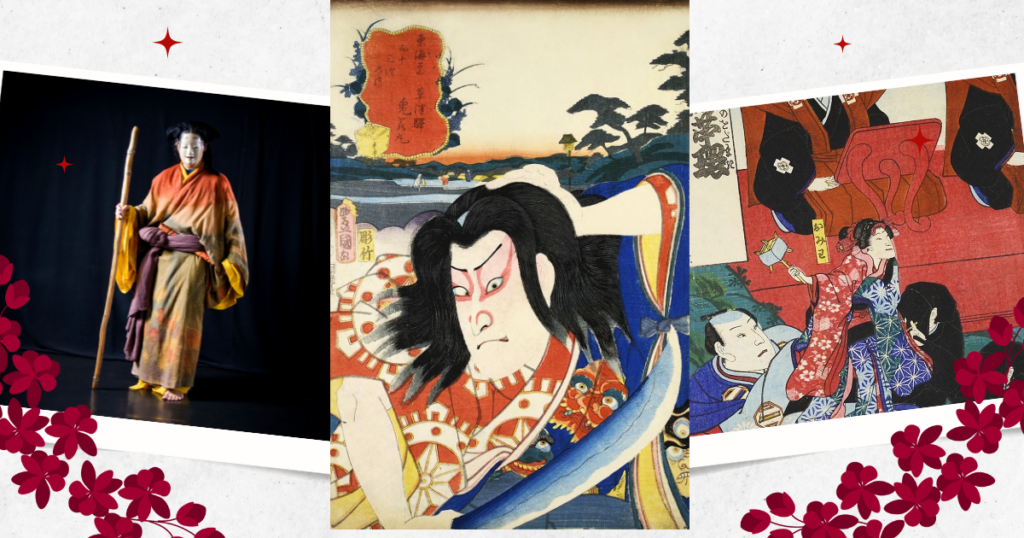
Kabuki, Noh, and Bunraku are traditional Japanese performing arts, each with its unique history and performance style. Kabuki is characterized by extravagant costumes, makeup, and flamboyant performances, offering an energetic stage experience. Noh features simple, elegant costumes and gagaku music, with stories told through slow, distinctive movements. Bunraku involves intricate puppet manipulation techniques and the unique singing style of the narrator (tayu) to unfold the story. To enjoy these performing arts, check for regularly scheduled performances at dedicated theaters in Japan and purchase tickets in advance. English audio guides and programs are sometimes available, allowing you to enjoy the experience even if you don’t understand Japanese.
Historical exploration in ancient capitals
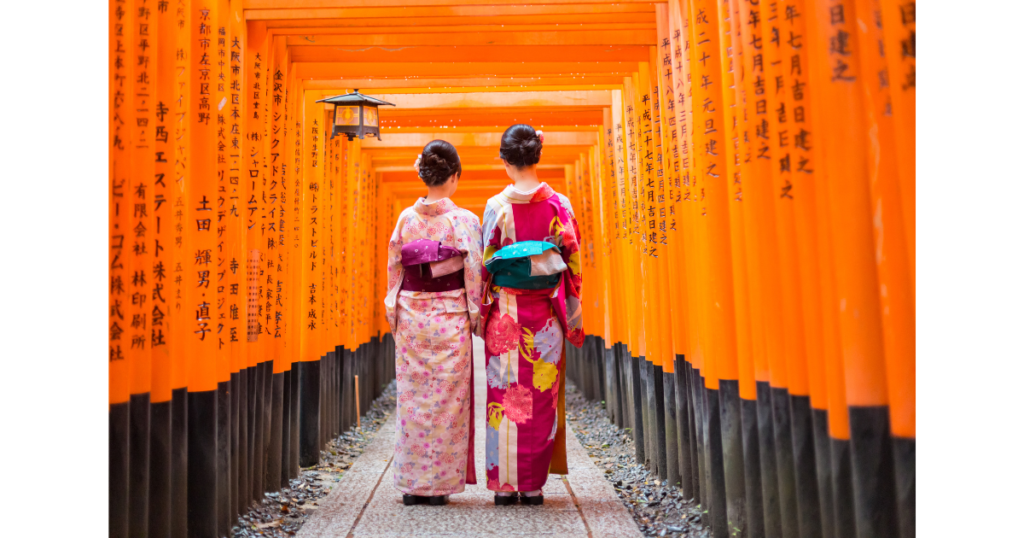
Japan’s ancient capitals (such as Kyoto, Nara, and Kamakura) are home to many beautiful temples and shrines, where you can appreciate Japanese spirituality and architectural beauty. In Kyoto, you can visit World Heritage sites such as Kinkaku-ji (Golden Pavilion), Kiyomizu-dera, and Rokuon-ji (Silver Pavilion). In Nara, attractions include the Great Buddha at Todai-ji, Kasuga Taisha, and Kofuku-ji. In Kamakura, popular spots are Tsurugaoka Hachimangu, Kotoku-in with its Great Buddha, and Kencho-ji. At these locations, you can also enjoy Japanese gardens and charming streetscapes. Exploring temples and shrines in ancient capitals provides an excellent opportunity to experience Japanese history and culture and enjoy a relaxing time.
Anime, Manga, and Game Pop Culture

Japanese pop culture, encompassing anime, manga, and games, is loved worldwide. To enjoy these works, you can watch, read, or play them online, through apps, or in e-books, with many available with English subtitles or translations. To experience them directly in Japan, spots like Akihabara and Nakano Broadway are recommended. Akihabara is home to numerous shops selling anime merchandise, games, and figures, and you can also enjoy maid cafes and anime-themed cafes. Nakano Broadway is known for finding older manga and anime works as well as rare merchandise. At these spots, you can fully enjoy Japanese pop culture and experience its unique charm.
Japanese traditional craft experiences
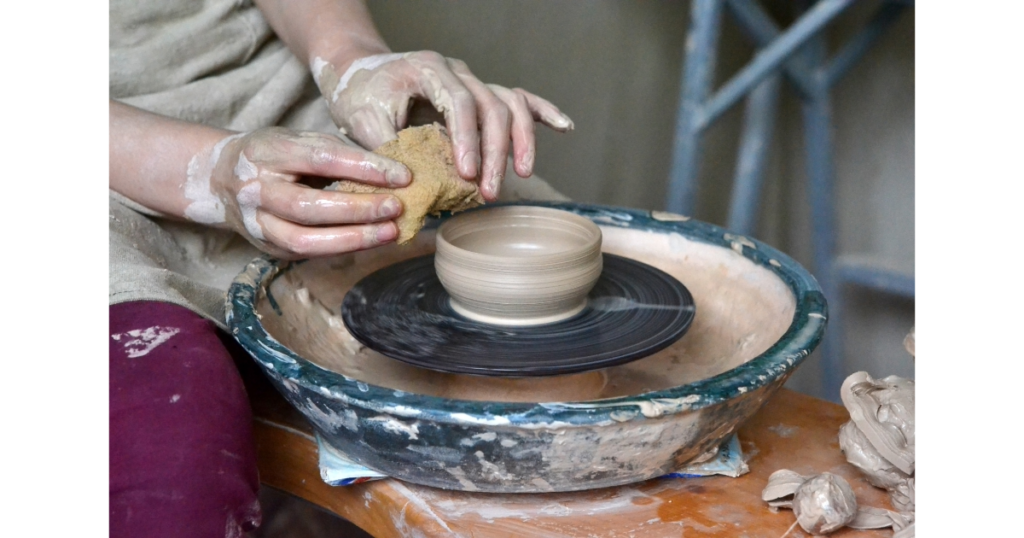
Japanese traditional crafts are highly valued for their unique techniques and aesthetics, with examples such as washi (Japanese paper) making, pottery, and Japanese painting. To experience these crafts, it is recommended to visit specialized workshops and studios throughout Japan. For washi making, you can participate in workshops in areas such as Ochi Washi in Nara Prefecture and Mino Washi in Gifu Prefecture. If you are interested in pottery, workshops are held in various pottery-producing areas in Japan, such as Kyoto, Seto City, and Bizen City. For those who want to learn Japanese painting, you can attend classes and workshops at art museums or cultural centers. Through these experiences, you can learn the techniques and spirituality of Japanese traditional crafts.
In conclusion
Lastly, we hope that you will enjoy Japan’s many charms at your leisure. Go to festivals with friends, savor local delicious cuisine, and spend a relaxing time experiencing traditional culture. For those who visit Japan, it will be a memorable and enjoyable trip. Please come and see for yourself the wonderful aspects of Japan.


